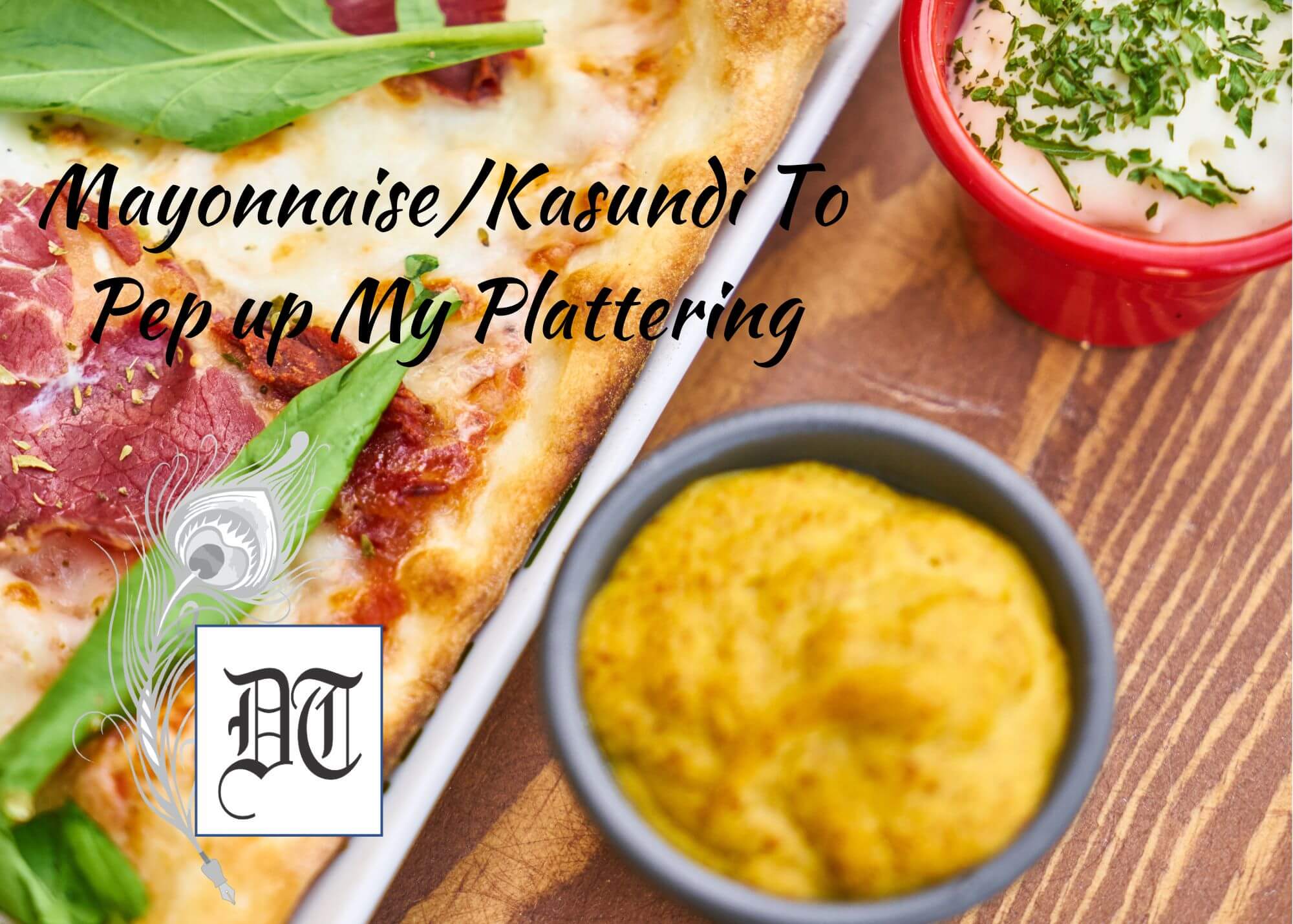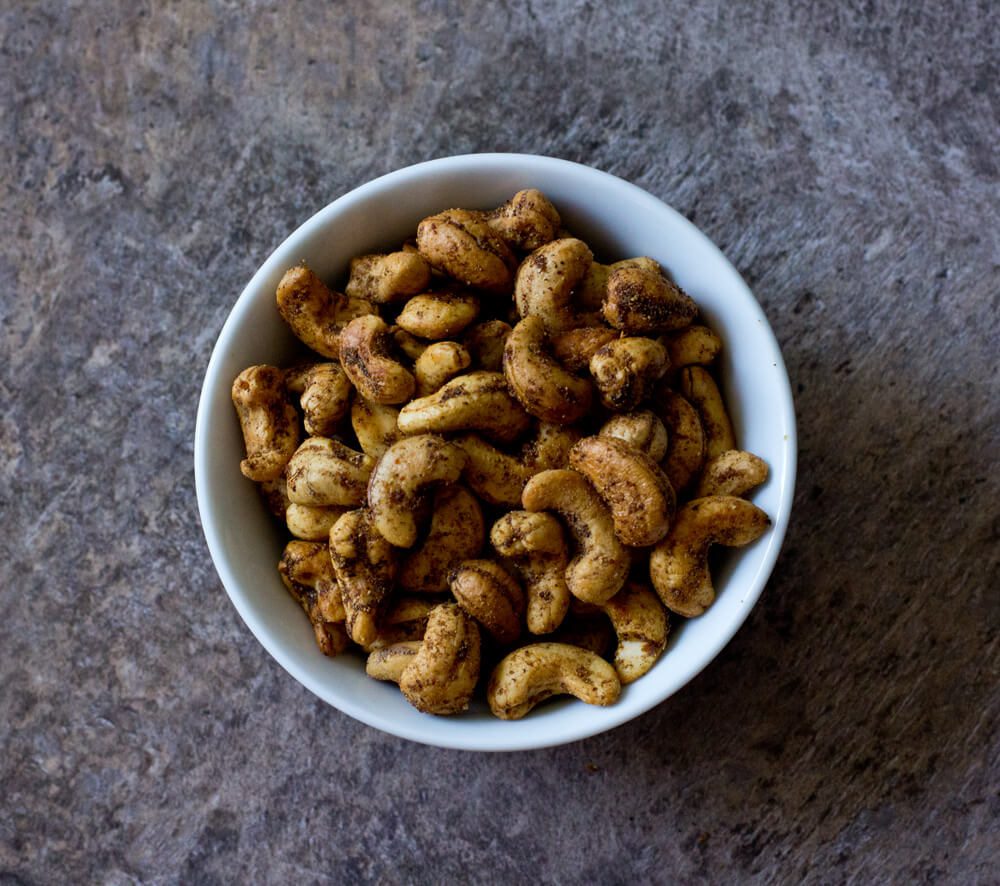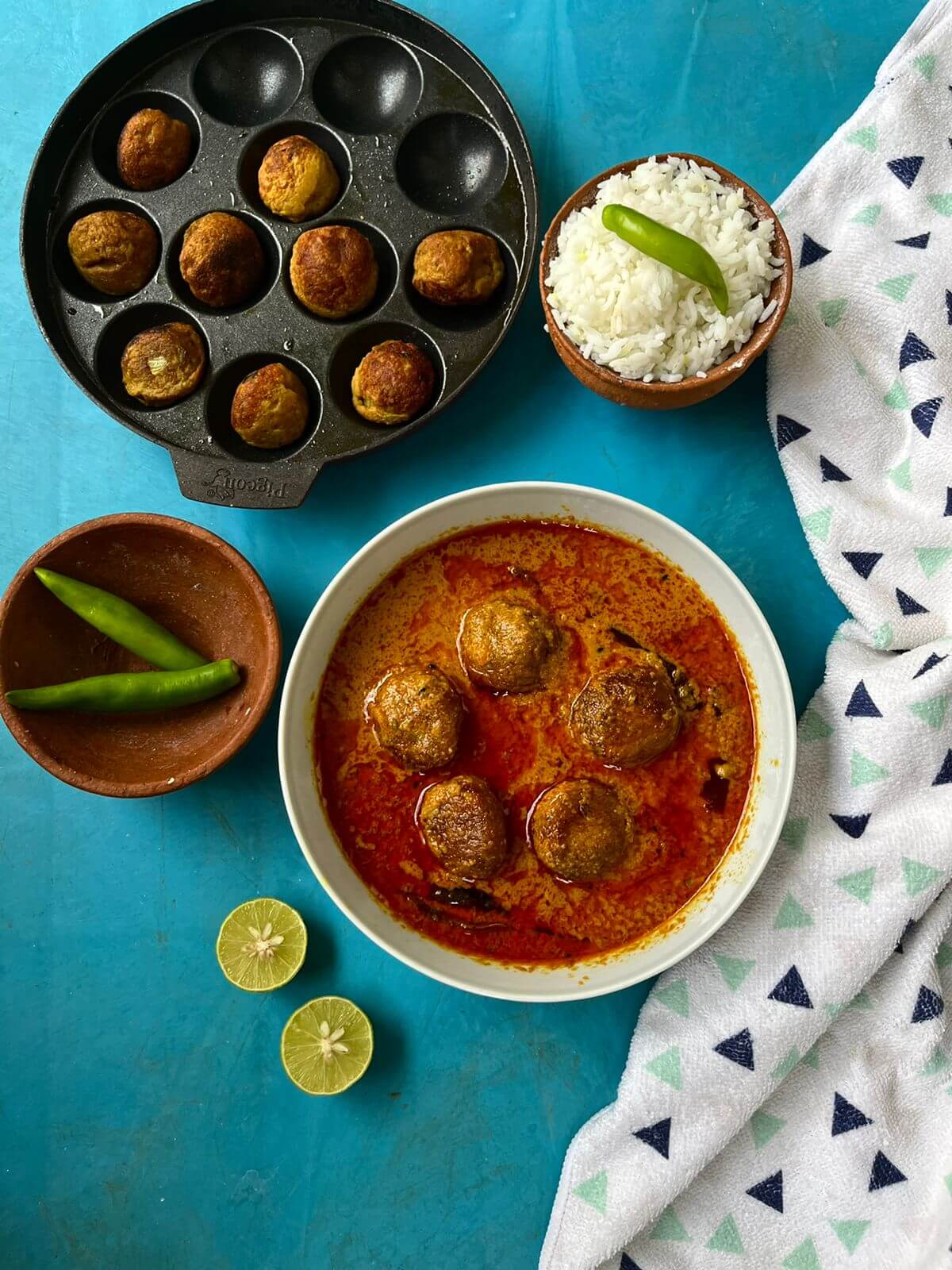Roman and Greek imperial expansions made salad popular all over Europe. Salads found their way to Australia and Asia from Europe and America. Salt is synonymous with salad because brine or salty oil and vinegar were used to season dressings during the Roman era. Sallet appeared in English during the 14th century. Shakespeare used the phrase “Salad days”, in 1606, from the concept of being green or inexperienced. It was rather recently, in 1976, that American English used “Salad Bar,” a word for a buffet style serving of different salad ingredients. Lily tells us about the antiquity of salad and more, in the weekly column, exclusively in Different Truths.
Salad in my mother’s home meant only two things. It could be a huge bowl of chopped tomatoes, onions, carrots, radishes, cabbage, cucumbers, spring onions and bell peppers or capsicum, whenever in season. Also, uncut green chilies for those who liked heat with their food. All this on a bed of baby spinach leaves from her abundant kitchen garden. The seedless lemon tree in our backyard provided the tangy squeeze of lemon juice that brought the fresh salad to life with salt and freshly ground pepper.
The other salad that was a part of my growing years and which I still cannot resist is the Mayonnaise smeared Russian Salad with a lot of nutrition rich fruits and vegetables.
A salad is the most glamorous and decorative piece of food on a table if it is colourful and inviting. The crunch of nuts and the blending and opposing flavours of vegetables and fruits make it a winner.
Let us try and understand the origin of the name ‘Salad.’ It comes from the French Salade and the Italian Salata meaning salty and the English Sal meaning salt. Salt is synonymous with salad because brine or  salty oil and vinegar were used to season dressings during the Roman era. Sallet appeared in English during the 14th century. Shakespeare used the phrase “Salad days”, in 1606, from the concept of being green or inexperienced. It was rather recently, in 1976, that American English used “Salad Bar,” a word for a buffet style serving of different salad ingredients.
salty oil and vinegar were used to season dressings during the Roman era. Sallet appeared in English during the 14th century. Shakespeare used the phrase “Salad days”, in 1606, from the concept of being green or inexperienced. It was rather recently, in 1976, that American English used “Salad Bar,” a word for a buffet style serving of different salad ingredients.
It was difficult to convince the English to eat raw vegetables although the ancient Greeks and Romans relished greens with dressing.
It is believed Mary Queen of Scots enjoyed eating boiled celery root over greens with cre amy mustard dressing with truffles, chervil and slices of hard boiled eggs.
amy mustard dressing with truffles, chervil and slices of hard boiled eggs.
In a 1665 letter to the director of New Netherland (which was New York, New Jersey, and Delaware) from the Island of Curaçao there was a request to send greens. Also, in a list of common objects arriving on ships listed ‘a can of salad oil’. The Americans made mixed green salads popular in the late 19th century.
Roman and Greek imperial expansions made salad popular all over Europe. Salads found their way to Australia and Asia from Europe and America. Fast food chains, restaurants and supermarkets all sell them in the USA restaurants may have a Salad bar where one can put together one’s own unique salad to taste. Due to the healthy tag to salads, these restaurants make huge profits.
 If we quickly skim through the mind-boggling list of salads the world over it would be wise to talk about the green salad generally with leafy vegetables like arugula or rocket, lettuce and spinach, they are tossed in a wooden bowl with a dressing, bread croutons and nuts may be added.
If we quickly skim through the mind-boggling list of salads the world over it would be wise to talk about the green salad generally with leafy vegetables like arugula or rocket, lettuce and spinach, they are tossed in a wooden bowl with a dressing, bread croutons and nuts may be added.
A vegetable salad will be true to its name with a few bite-sized meat pieces thrown in if you want to cheat.
A bound salad is tossed and arranged in a thick dressing in a bowl. This dressing will bind the ingredients. Thick sauces like Mayonnaise are used and the salad will stay together like ice cream when placed on a plate. They make excellent sandwich fillings as they are put together with potato, Tuna, egg or chicken.
Fruit salads are made with fresh fruit or canned cocktails.
Folks in the West eat a quick lunch or a light dinner of salads called Entree salads, main course salads or  dinner salads. They could be Caesar, Cobb, Michigan, Chinese or Chef Salad. They may contain, fish steaks, or sliced sirloin and grilled chicken pieces,
dinner salads. They could be Caesar, Cobb, Michigan, Chinese or Chef Salad. They may contain, fish steaks, or sliced sirloin and grilled chicken pieces,
Interesting variations are the Dessert salads with sweetened greens. The unusual combinations of jelly or gello as it is called with whipped cream. Ambrosia and pistachio salad are examples. Cookie salad glorified rice and snicker salads are seen in mid-western America.
Dressings make or mar the taste and quality of a salad.
Vinaigrette is the lightest and is made with vinegar and oil.
The creamy ones could be yogurt, hung curd, mayonnaise, and ranch. Denmark has creme fraiche.
 Asians commonly use fish sauce, sesame oil, soya sauce and citrus juice.
Asians commonly use fish sauce, sesame oil, soya sauce and citrus juice.
As I was wondering how many kinds of dressing there might possibly be all over the world. I chanced upon a mind-boggling variety.
Caesar, Blue Cheese, Thousand Island, Wafu, Hummus, Honey-Ginger, Dijon, French, and Italian. Extra virgin olive oil dressings and so many more!
I am glad I had an educated and aware mother who inculcated the importance of a light supper of soup and salad. Alas, to my utter disgust, I am the hungriest at sundown. I could eat anything in sight! There is lots of emphasis on eating more of raw food now, so I relent because the dressings are so alluring.
I have eaten quite a few exotic salads during my travels in the west but nothing can beat the taste and gastronomic tickling of my salivary glands as an onion cut into rings and showered lovingly with lemon juice and chat masala! Ah heavenly!
My frugal old grand uncle would only want a single onion beaten to pulp with a fist and a handful of glittering green chilies with some rock salt! I suppose that was the first salad humans ever had. That is in sharp contrast to the ring mould of strawberry flavoured jellied salad that I made for a ladies club meet during my days as an army wife. The tantalizing sight of pineapple, cabbage, grapes and pears peering out of the gelatine was disarming, to say the least!
To cap off I have to add that I could still drool over the blood streaking boiled beetroot popping up in a bowl of innocent looking salad. Its murderous looks are intriguing. Meanwhile, “Oye chhottu thhoda pyaaz leyaayin.” (Get some onions little fellow!)
See you all when your breath is not stinking!
©Lily Swarn
Photos from the internet.
#TyesOfSalad #HistoryOfSalad #SaladGreens #MeatAndGreenSalad #HistoryAndMystryOfFood #DifferentTruths






 By
By

